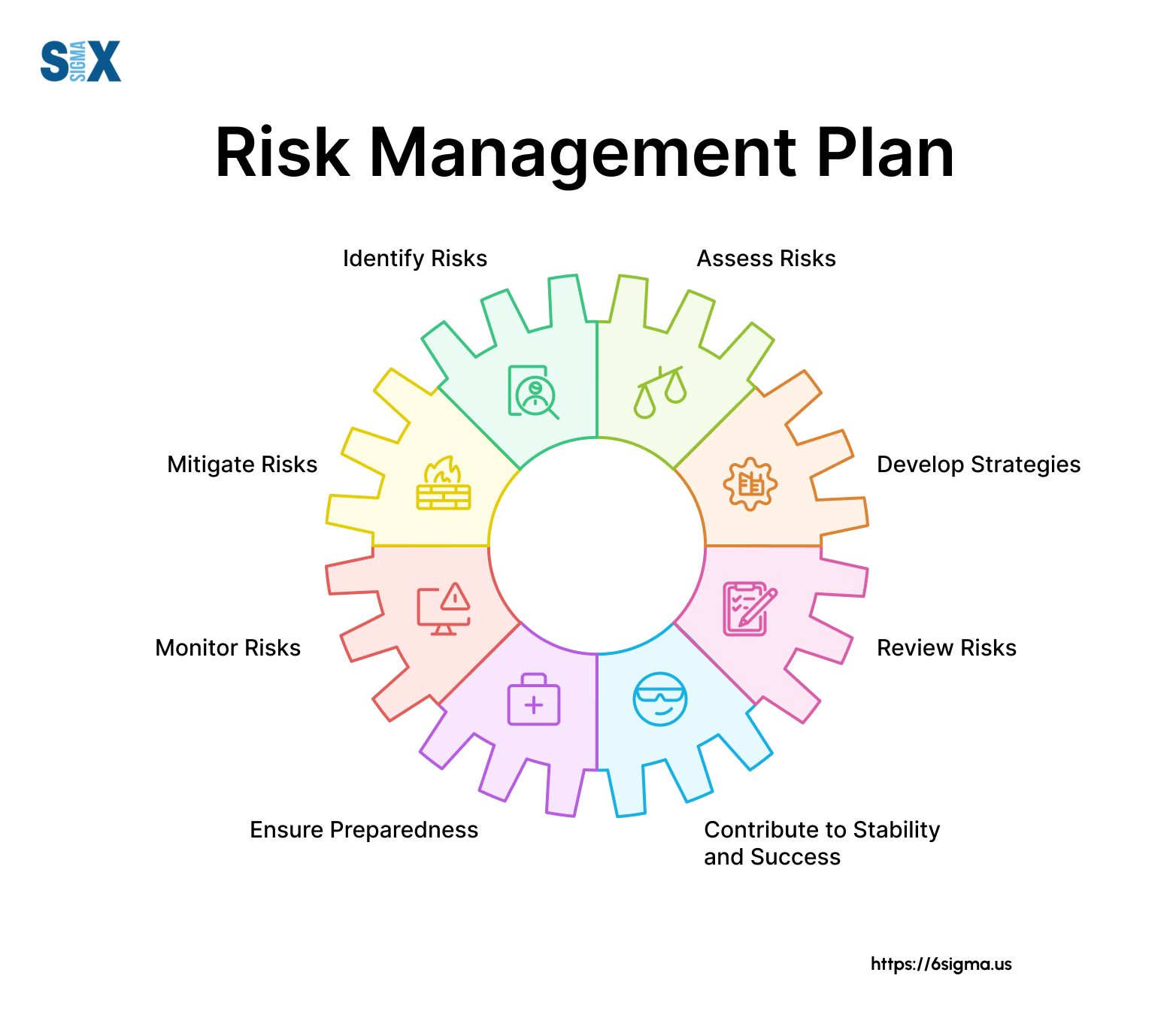Checking out the Relevance of Risk Management for Effective Decision-Making Techniques
In the complex world of organization, Risk Management emerges as a vital element in the decision-making process. The capability to identify potential risks and opportunities, and strategize appropriately, can mean the distinction in between success and failure.
Understanding the Idea of Risk Management
Risk Management, an essential component in decision-making, is typically misconstrued or oversimplified. Usually, it refers to the identification, evaluation, and prioritization of risks to reduce, keep an eye on, and manage the likelihood or effect of regrettable events. Nevertheless, it's not merely about stopping unfavorable outcomes, but likewise regarding acknowledging prospective chances. Risk Management includes self-displined and structured methods, utilizing information and informative evaluations. It calls for a comprehensive understanding of the organization's context, goals, and the potential dangers that could obstruct them. From monetary unpredictabilities, legal liabilities, strategic Management mistakes, to accidents and all-natural catastrophes, it addresses numerous risks. Notably, efficient Risk Management is not stationary; it's a constant, forward-looking procedure that develops with transforming circumstances.
The Role of Risk Management in Decision-Making Processes
In the world of tactical preparation and organization operations, Risk Management plays an indispensable role in decision-making processes. It helps in recognizing potential risks and unpredictabilities that can affect the achievement of service purposes. By mapping these risks, business can develop approaches to mitigate their impact, making certain organization continuity and stability. Risk Management therefore comes to be a vital tool in decision-making, aiding leaders to make informed selections based upon a comprehensive understanding of the risks included. It urges an aggressive approach, making it possible for companies to prepare and anticipate for feasible future circumstances. This significantly reduces the likelihood of negative consequences, advertising more reliable and reliable decision-making methods. Risk Management serves as a vital component in the decision-making processes of any kind of company.

Exactly How Risk Management Enhances Strategic Preparation
In the context of tactical planning, Risk Management plays a crucial function. Launching with the recognition of prospective threats, it further encompasses the execution of Risk reduction measures. The duty of Risk Management is not static but dynamic, as it requires continuous monitoring and adjusting of methods.
Determining Potential Threats

Implementing Risk Reduction
Having developed the relevance of recognizing possible threats, the click resources following action is to check out Risk mitigation. This process involves developing and implementing strategies to manage identified threats effectively. It is a crucial aspect of strategic preparation as it boosts decision-making by decreasing prospective unfavorable outcomes. Risk reduction approaches can vary from Risk avoidance, Risk transfer, to next page take the chance of decrease. Each method ought to be tailored to the specific Risk, considering its prospective effect and the organization's Risk resistance. Reliable Risk mitigation calls for a deep understanding of the Risk landscape and the potential influence of each Risk. This understanding enables organizations to focus on threats and allocate sources properly, making sure that the most significant risks are dealt with first.
Monitoring and Readjusting Strategies
Though Risk reduction is an important action in tactical preparation, continuous surveillance and adjustment of these methods is just as essential. This recurring procedure allows companies to recognize new dangers and reassess existing ones, ensuring the carried out methods remain efficient in the ever-changing business setting. It additionally gives an opportunity to evaluate the success of the Risk Management steps, enabling changes to be made where required, further boosting tactical planning. Efficient tracking and change require making use of analytics and vital efficiency indicators (KPIs) to measure effectiveness. These tools supply beneficial data-driven understandings that can notify strategic decision-making. Tracking and readjusting Risk Management techniques is an important component for enhancing an organization's durability and strategic preparation.
Situation Researches: Effective Risk Management and Decision-Making
In the globe of business and financing, effective Risk Management and decision-making typically serve as the columns of thriving enterprises. These cases highlight the value of sharp Risk Management in decision-making procedures. These cases highlight the crucial role of Risk Management in tactical decision-making.
Devices and Techniques for Reliable Risk Management
These tools, such as Risk registers and heat maps, aid in identifying and evaluating prospective risks. Risk response strategies, a key part of Risk Management, include accepting, avoiding, moving, or mitigating threats. With these techniques and tools, decision-makers can browse the complicated landscape of Risk Management, therefore promoting educated and efficient decision-making.
Future Patterns in Risk Management and Decision-Making Methods
As we explore the substantial landscape of Risk Management, it ends up being apparent that the devices and methods utilized today will proceed to advance. The idea of Risk culture, where every participant of an organization is mindful and included in Risk Management, will certainly acquire a lot more importance. These fads proclaim an even more proactive and comprehensive strategy towards Risk Management and decision-making.
Conclusion

Risk Management thus comes to be an essential device in decision-making, assisting leaders to make educated choices based on an extensive understanding of the threats entailed. Risk mitigation approaches can vary from Risk evasion, Risk transfer, to take the chance of reduction (importance of risk management). Effective Risk mitigation calls for a deep understanding of the Risk landscape and the prospective effect of each Risk. Risk feedback methods, a crucial part of Risk Management, entail approving, avoiding, moving, or mitigating dangers. The principle of Risk culture, where every member of a company is aware and involved in Risk Management, will certainly gain extra prestige